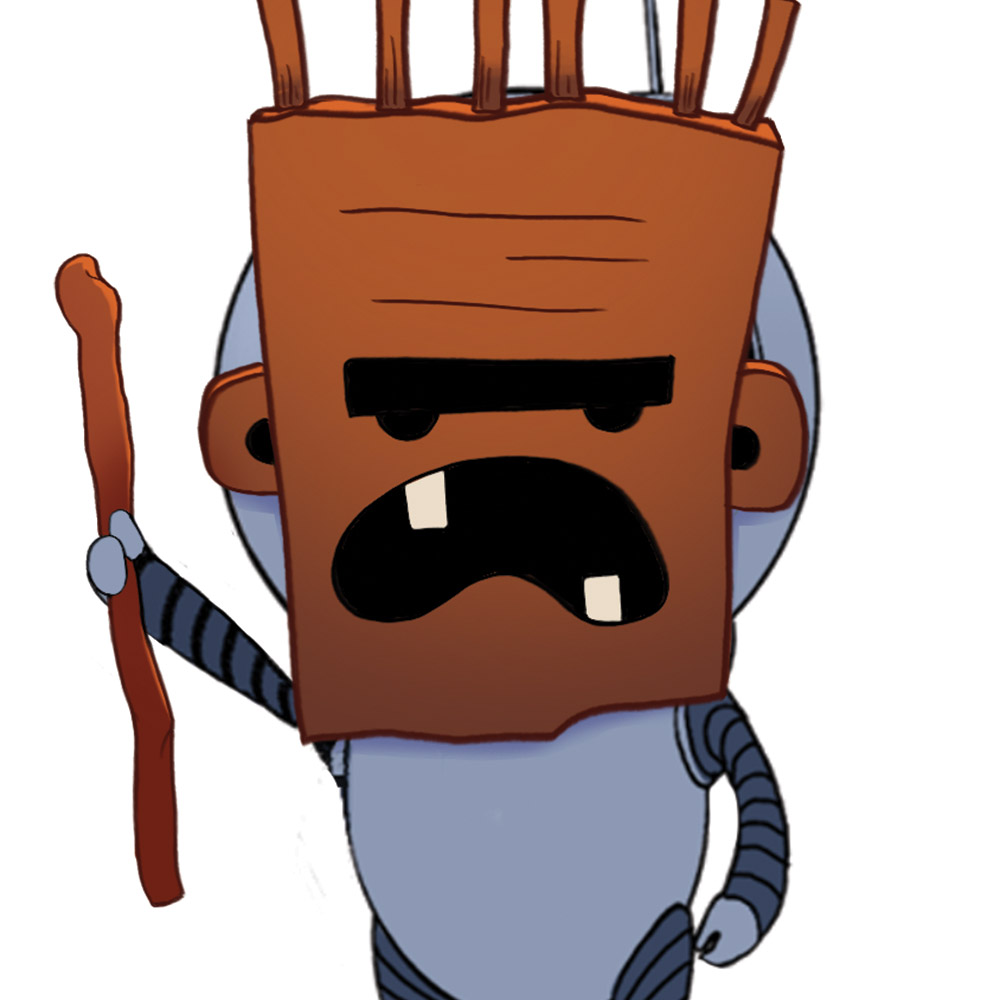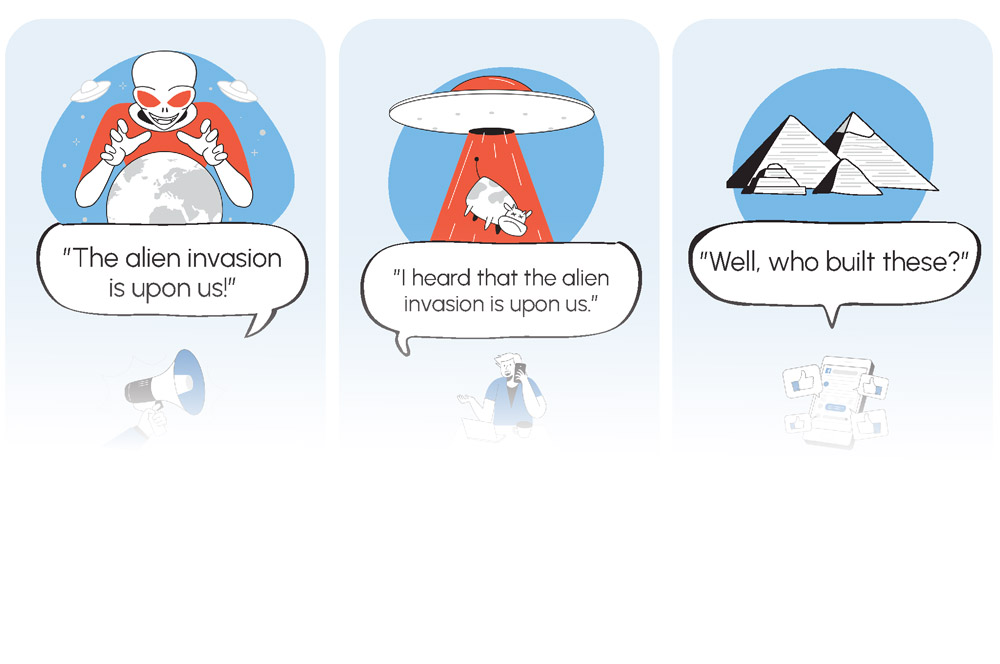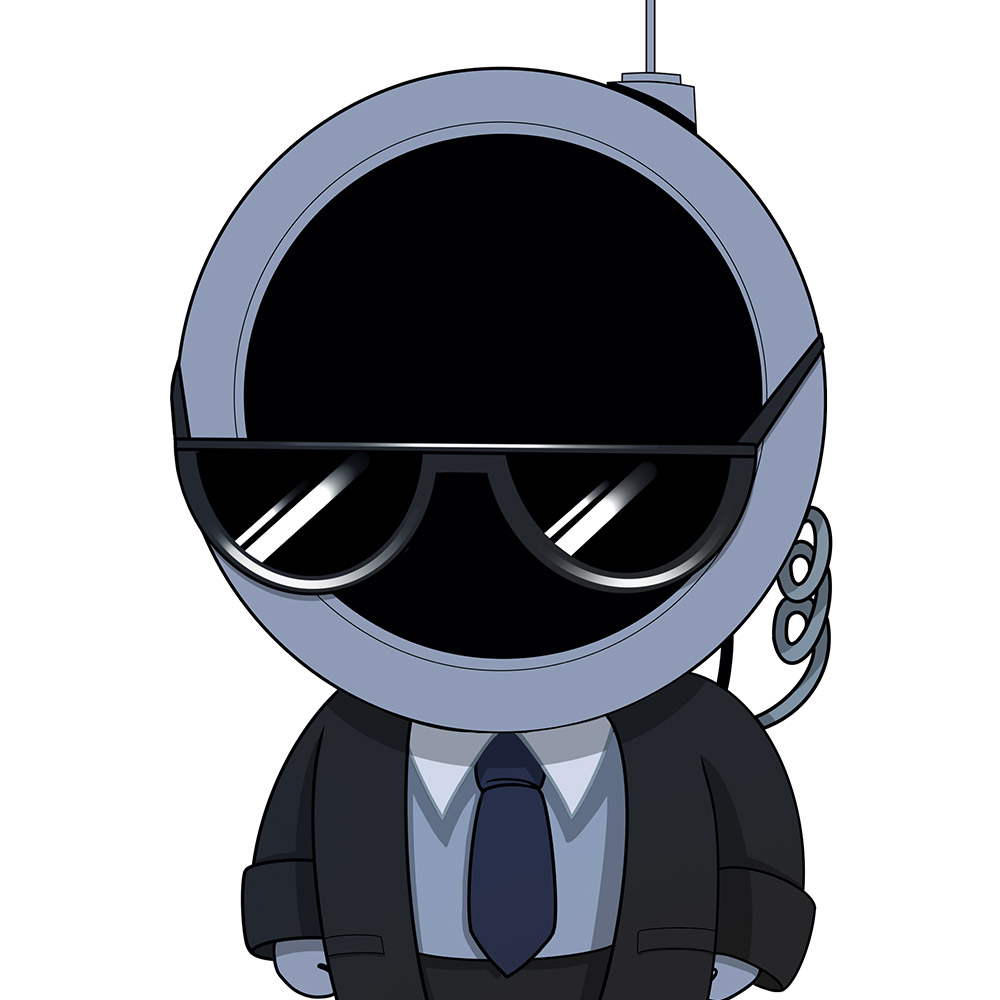The rise of disinformation in the digital age
In recent years, disinformation has become a hot topic. It is nothing new, but social media has made it much easier to spread false information quickly. But what exactly is disinformation? How can it affect us all, and how can we combat it? Let’s take a look at the manipulative art of influencing through information.
What is disinformation?
Disinformation is deliberately false or misleading information. It can take on many forms. Fabricated content can involvecompletely false information that is created to deceive. It can include fake news stories, photoshopped images, and videos that are meant to mislead the audience. Manipulated content involves altering real information or content to deceive. This form of disinformation can include selectively edited videos, photos, or quotes to change their original meaning or context. Imposter content involves impersonating a legitimate source or authority to spread false information. This includes fake social media accounts and websites that mimic credible sources to spread misinformation. Misleading content involves using partially true information or facts to create a false impression. This can include using only certain information that supports a particular idea, taking information out of its full context, or presenting information in a way that is one-sided or not completely true. Satire and parody are not disinformation in themselves, but they can sometimes be mistaken for real news. People may deliberately spread satirical content as real news to mislead others.
The impact of disinformation on society
Disinformation can affect people in a number of ways. It can cause confusion, uncertainty, and even panic because false information can make it difficult for people to know what is true. It can also influence people’s beliefs and decisions, causing them to think or act in ways that are not based on accurate information. Disinformation stirs up emotions and reactions to get people’s attention. Disinformation can also create division and conflict between people. This may not sound too dangerous, but in fact disinformation can have very serious consequences for all of us, such as damaging someone’s reputation or causing public health or safety risks. Overall, disinformation can affect how people see the world and make decisions, and it can affect society as a whole. That’s why it is important that we identify and combat disinformation.
How to recognise false information
This is easier said than done when we are constantly bombarded with information from multiple channels. Here are some tips to help you recognise false information.
- Check the source. If you are reading a news story, is it coming from a reputable and well-known source? See if other trusted news outlets are reporting the same story. Read beyond the headline and look for evidence. Reliable news is backed up with evidence and references.
- Watch for bias. Alarm bells should go off if the story seems to be pushing a particular agenda or point of view. Remember that your own views and beliefs can also create bias and affect your judgement. There are also a number of fact-checking websites, such as FactCheck.org, PolitiFact, and BBC Reality Check, that you can use to check the accuracy of the information.
Fighting disinformation: what can you do?
We can all fight against disinformation. Stop and think before you share. Are you sure that the story you are about to share is true? Talk to your family and friends about disinformation to raise awareness. And it’s always a good idea to find out more.
If you want to learn more about this topic, check these:
https://en.wikipedia.org/wiki/Disinformation
https://www.apa.org/topics/journalism-facts/misinformation-disinformation
https://digital-strategy.ec.europa.eu/en/policies/online-disinformation





